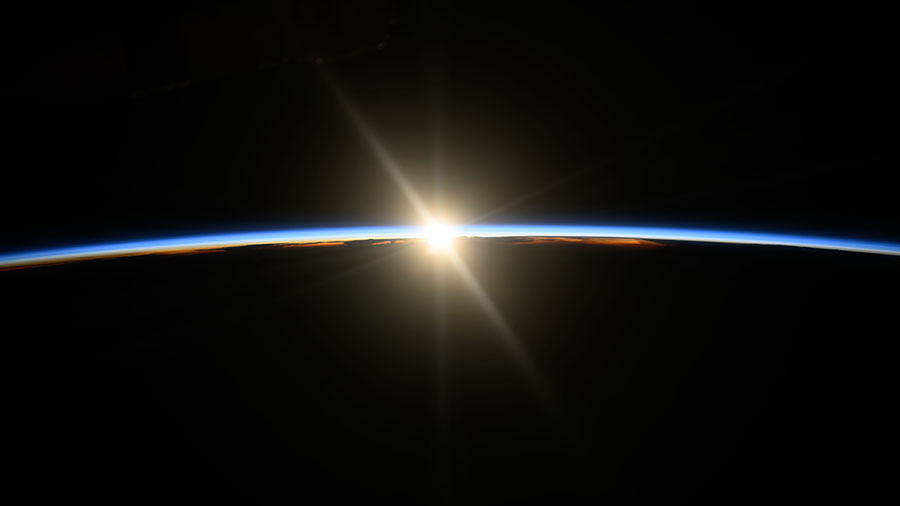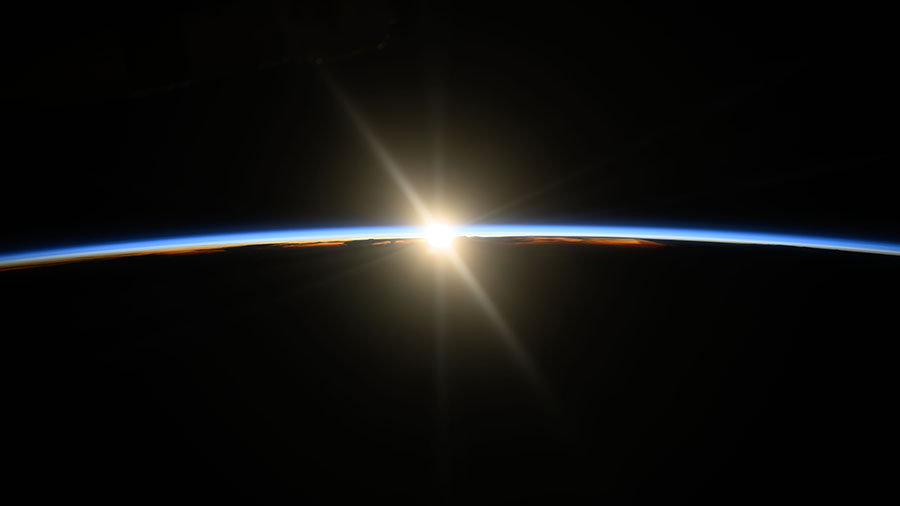
Six of the nine crew members living and working aboard the International Space Station had a light duty day on Thursday fitting in some time for science equipment maintenance. Meanwhile, three cosmonauts stayed busy with their full schedule of Roscosmos space research and lab upkeep.
Thursday’s main research activity consisted of cleaning the Electrostatic Levitation Furnace (ELF) planned for Expedition 71 Flight Engineer Tracy C. Dyson and Crew Flight Test Pilot Suni Williams, both from NASA. The duo worked together swapping samples and cleaning the inside of the advanced space research furnace. The ELF heats material samples using a containerless technique to observe their thermophysical properties and reduce imperfections and contamination common in Earth’s gravity. The orbital outpost’s weightless environment may improve the manufacturing of semiconductors, alloys, and more benefitting both Earth and space industries.
Williams’ crewmate Starliner Commander Butch Wilmore of NASA assembled the Sphere Camera-2 during the afternoon. The ultra-high resolution video camera is being tested for its ability to film crew activities possibly leading to advances in lunar and planetary photography and external spacecraft inspections.
NASA Flight Engineers Mike Barratt and Jeanette Epps joined each other for a few moments of examining stem cells samples inside the KERMIT state-of-the-art microscope for a cancer treatment investigation. NASA Flight Engineer Matthew Dominick connected components on the advanced resistive exercise device, or ARED, for an investigation exploring ways to maximize the effects of exercise in microgravity.
Northrop Grumman’s Cygnus space freighter fired its engine for over 19 minutes early Thursday afternoon boosting the orbital outpost’s altitude to 260 miles by 257.9 miles. The orbital reboosts counter atmospheric drag and prepare the space station for upcoming spacecraft activities.
Roscosmos station Commander Oleg Kononenko set up Earth observation hardware to study clouds in the Earth’s upper atmosphere then configured camera and video hardware during his shift on Thursday. Flight Engineer Nikolai Chub continued investigating how microalgae can be used to produce oxygen and consume carbon dioxide improving space life support systems. Flight Engineer Alexander Grebenkin strapped on a sensor-packed cap that recorded his reactions as he practiced futuristic planetary and robotic piloting techniques on a computer.
Learn more about station activities by following the space station blog, @space_station and @ISS_Research on X, as well as the ISS Facebook and ISS Instagram accounts.
Get weekly video highlights at: https://roundupreads.jsc.nasa.gov/videoupdate/
Get the latest from NASA delivered every week. Subscribe here: www.nasa.gov/subscribe

